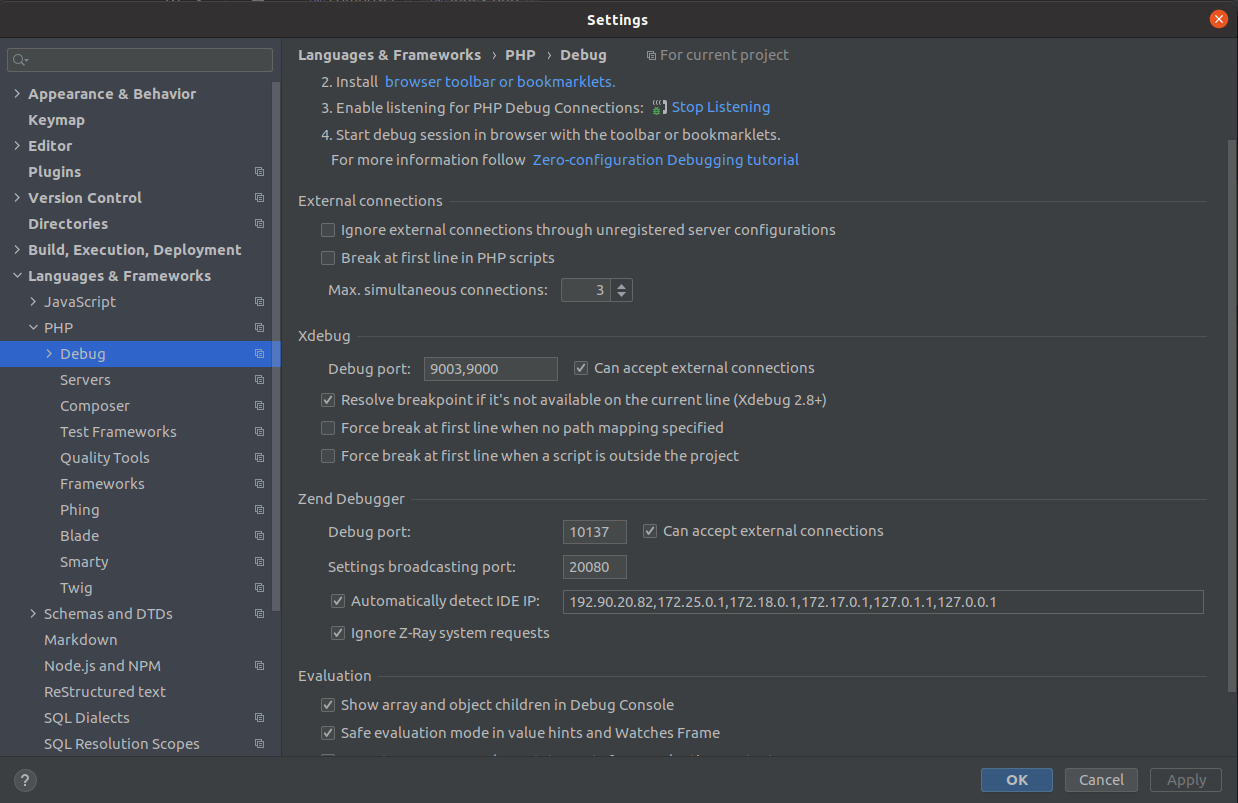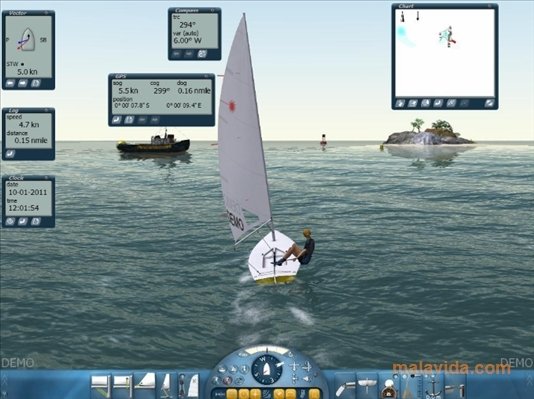


To resolve this, use the APP_PORT variable to specify a port within the sail up command: APP_PORT=3001. You might encounter an error: Error stating the port is allocated. Note: On many Linux distributions, you may need to run the command below with the sudo command to initiate elevated privileges./vendor/bin/sail up Then, run the sail-up command within the project folder to start the Docker containers for your application. curl -s | bashĪfter the execution, change your directory using cd laravel-scout-app. It will scaffold a Dockerized application with the necessary boilerplate code. Run the command below to execute the Laravel-Scout script. In the example below, the Laravel-Scout script would create a directory within the desktop directory. The Laravel-Scout script will generate a project directory here. Next, navigate to the location on your computer you would like to place the project. If using WSL, execute the following command in your terminal to set your preferred Linux distribution. If you’re running Windows, ensure you configure Windows Subsystem for Linux (WSL).

The Laravel-scout script uses the Bash scripting language, so you must execute it within a Linux environment. Deploy your web projects to high-performance, ready-to-go cloud hosting in 3 steps.


 0 kommentar(er)
0 kommentar(er)
